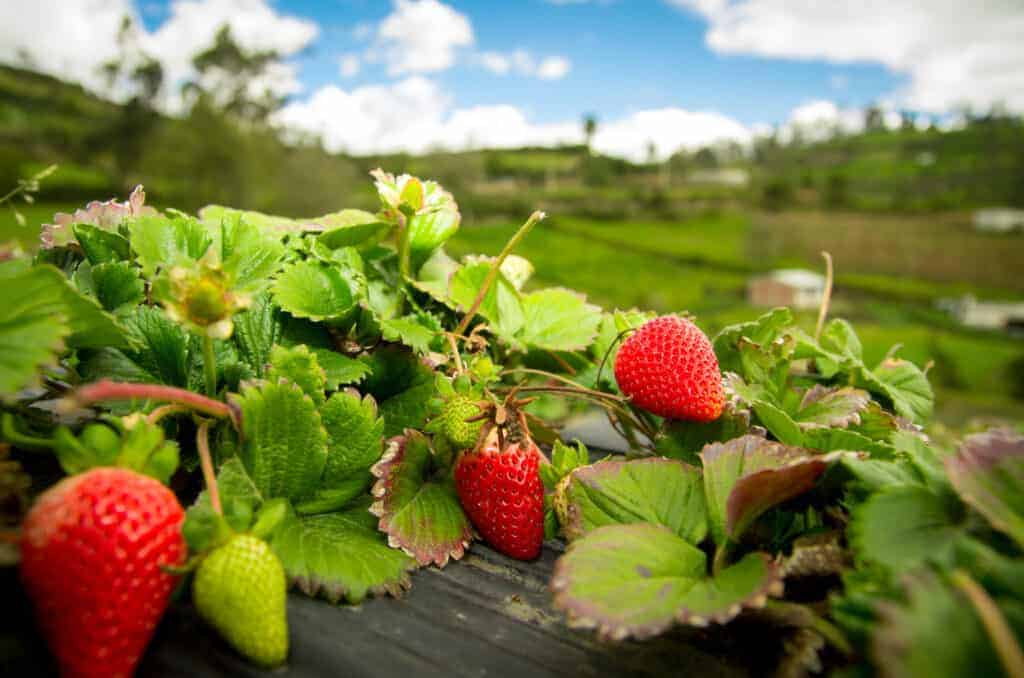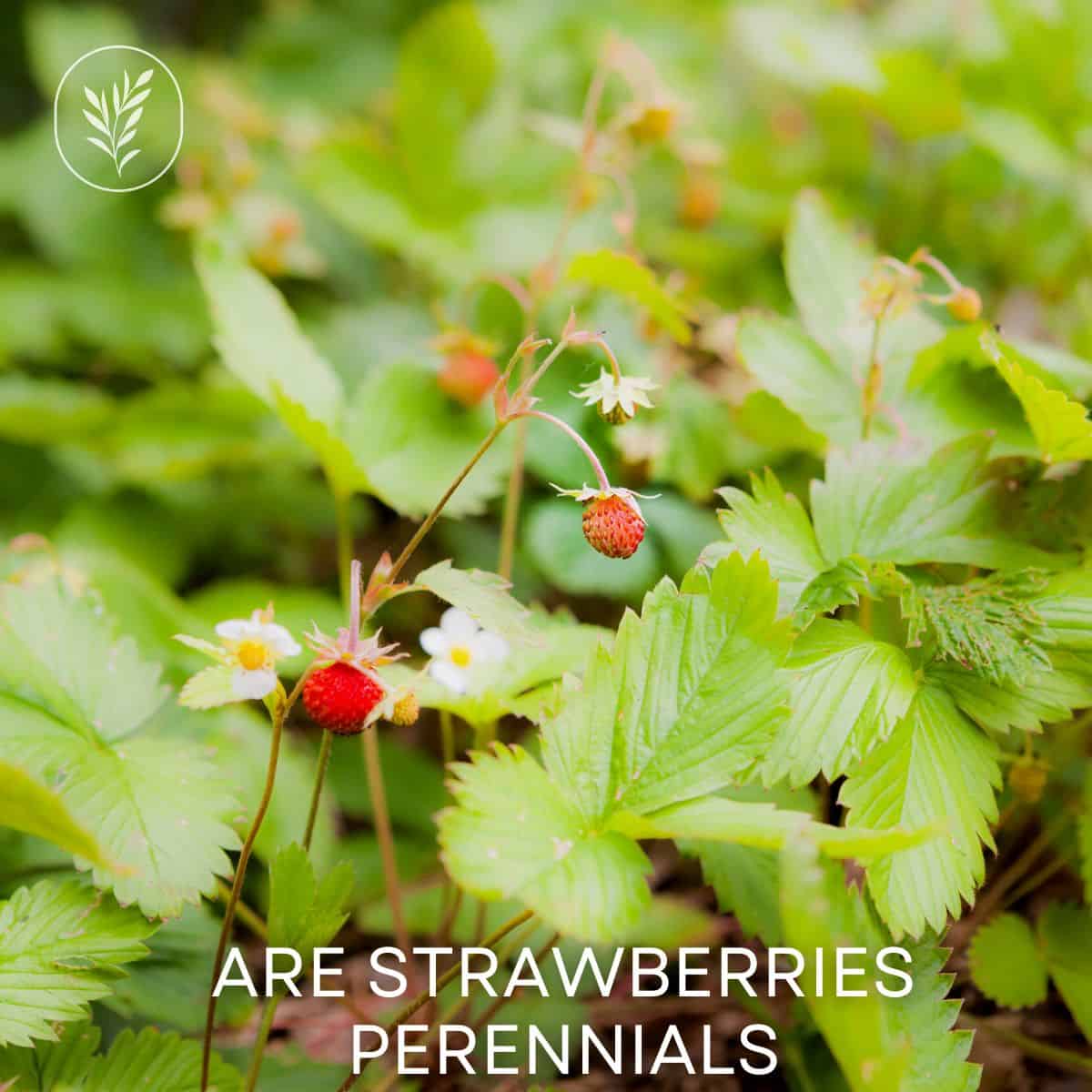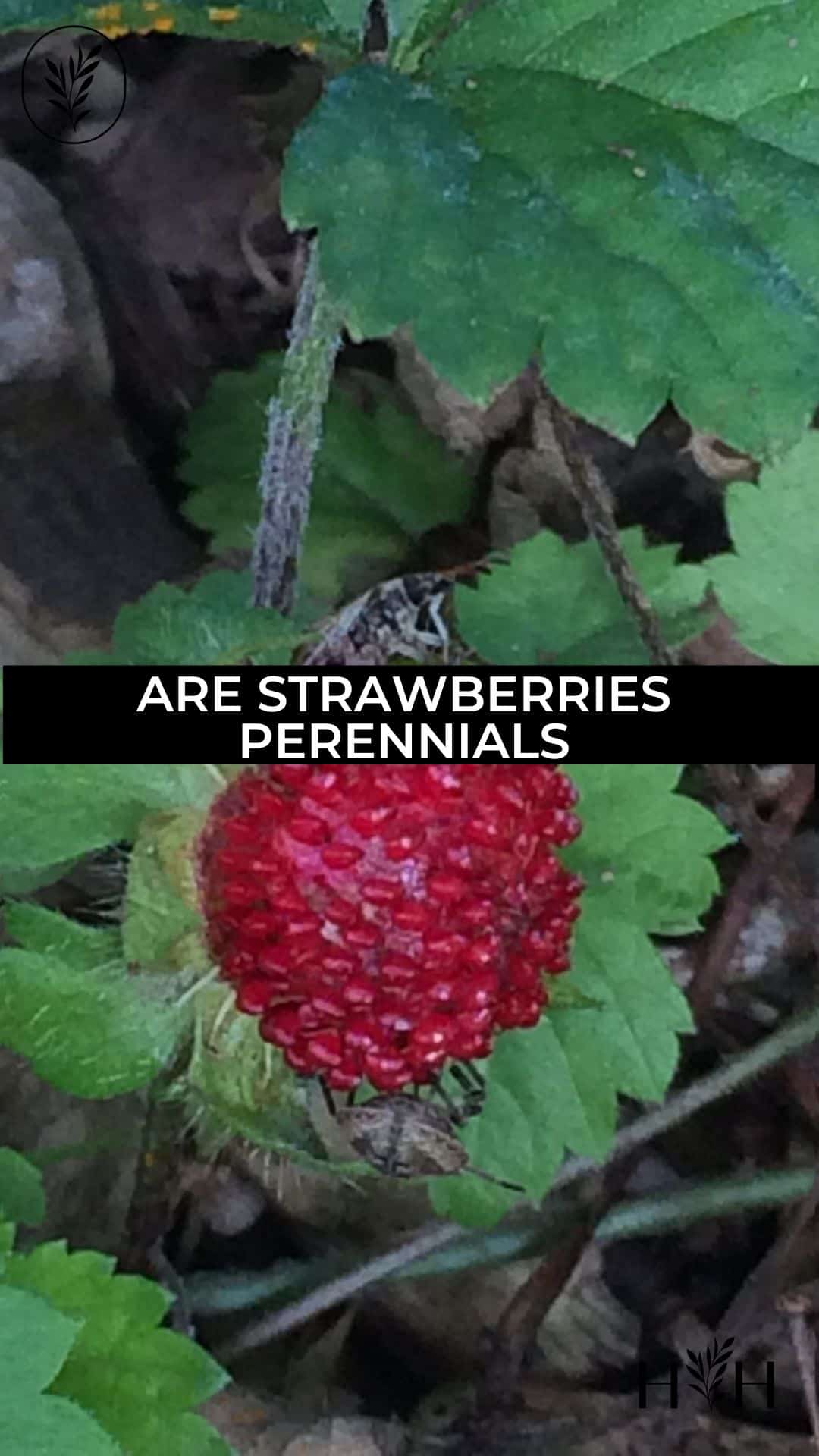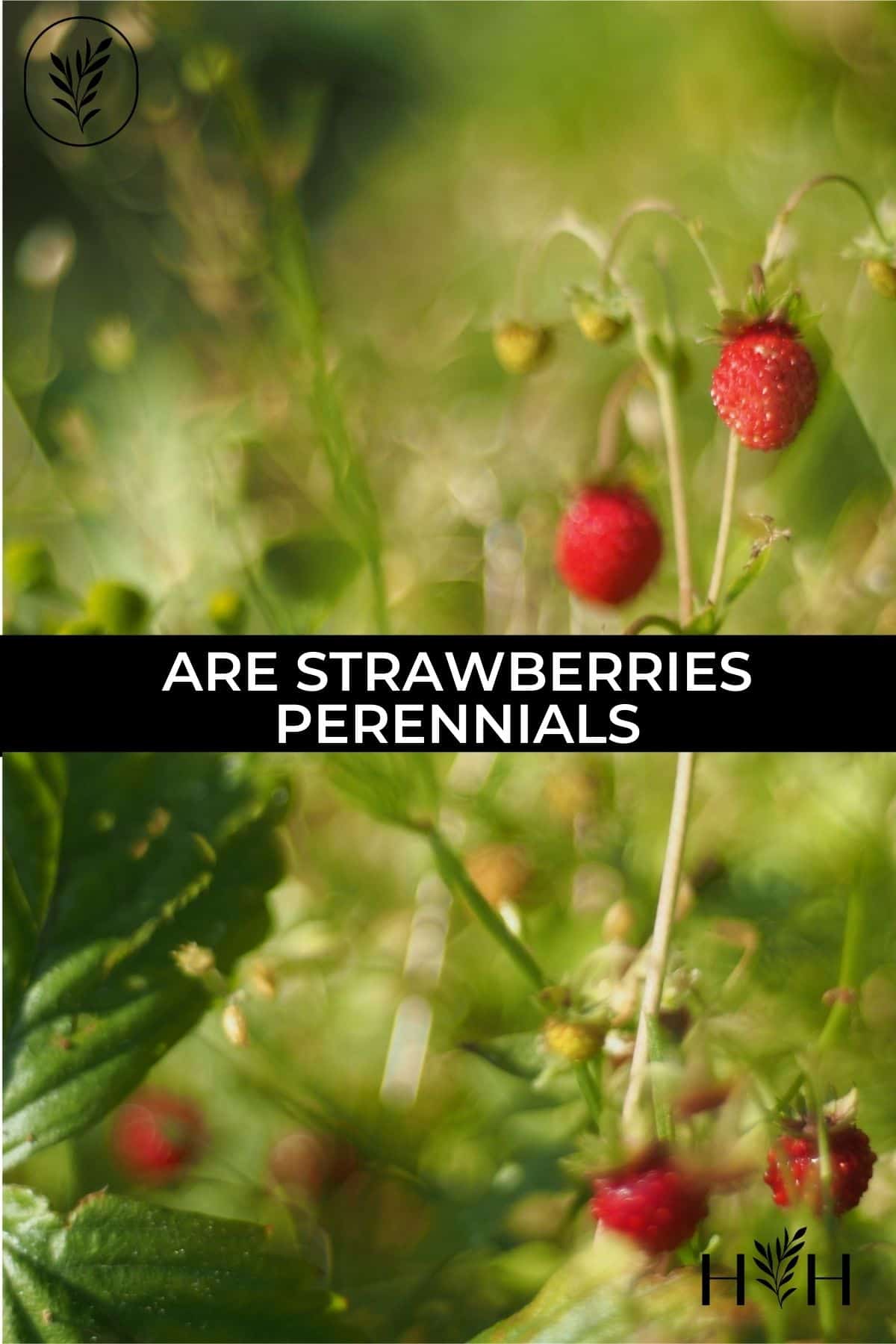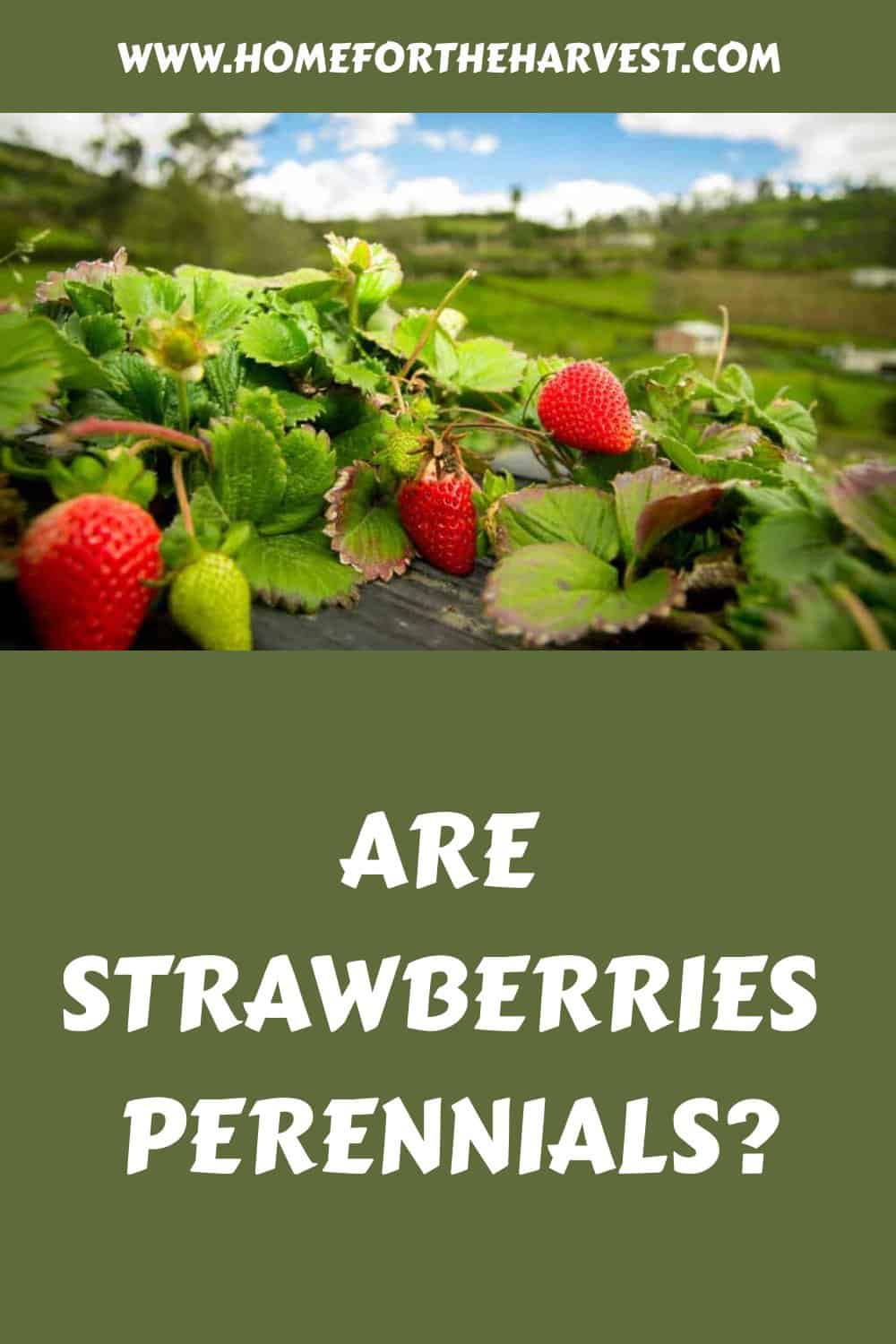Strawberries are perennials and will grow back in the springtime if the plants are healthy. While the leaves of strawberry plants can die over the winter, the roots usually survive colder temperatures, and the plants will regrow up from their roots every spring. Most strawberry plants are cold-hardy over the winter down to Zone 5, although there are some varieties that are cold-hardy enough to survive chilly Zone 3 winters.
Are strawberries perennials?
Yes, strawberries are perennials. These plants come back every year in their ideal growing regions.
Strawberries are small plants that can come back year after year. Most plants can produce for about 5-6 years before you may have to pull them out. This makes them an ideal fruit to keep around!
Like most perennials, strawberries will grow most in the springtime as the soil warms and will slow down/stop as soon as winter hits and the soil starts colder and harder. They will need about 8 hours of full sun each day. You will need to make sure they get their proper time in the sun. Otherwise, they will not have a good harvest.
After they have produced their first fruit, most strawberries will need a rest period to come back strong and will not produce fruits during the second half of the summer. They will continue to grow small buds to prepare for the next growing season. Some varieties also produce runners after they set fruit in June.
A fun fact about strawberries is that they carry the seeds on the outside of the fruit and can have up to 200 seeds on the outside of one strawberry. Strawberries can produce many runners throughout their growth period. This will allow them to become bigger and produce more plants, eventually turning into large strawberry plants. It is best to trim these runner plants and only allow up to 3 runners each summer. Some strawberry varieties won’t produce any runners at all (like Alpine Strawberries).
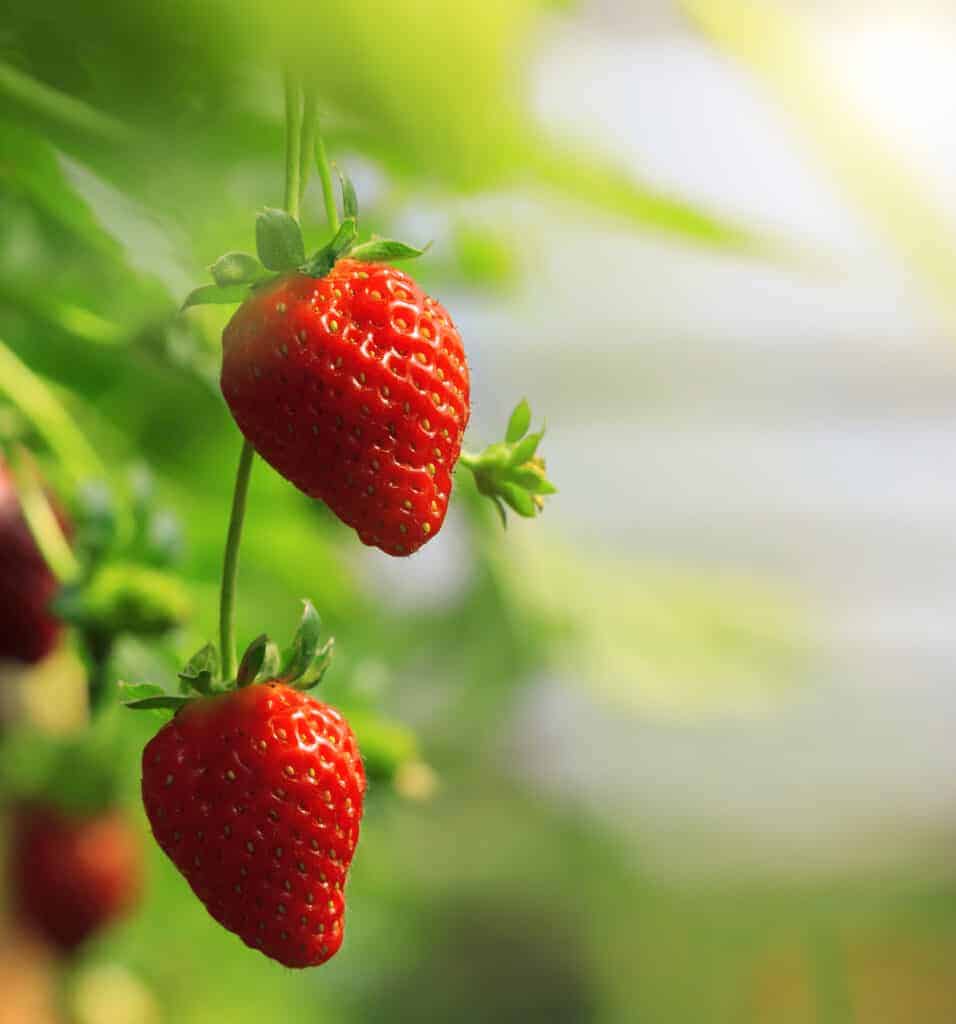
Growing groups of strawberries
Strawberries are grouped into three categories based on when they grow flowers and fruit. All three categories of strawberries are perennial plants and will return in the spring if the roots are healthy.
There are June-bearing varieties, such as the Honeoye, Chandler and the Jewel that bear all of their fruit at once over a period of about 3 weeks in the late spring.
Ever-bearing varieties, such as Ozark Beauty, Eversweet, and Quinault, produce a first big harvest around the end of June and go on to bear fruit one more time in the late summer or the early fall.
Then there are day-neutral varieties, like Seascape or San Andreas that will produce fruit throughout the entire fruit season. They will produce fruit until the first frost.
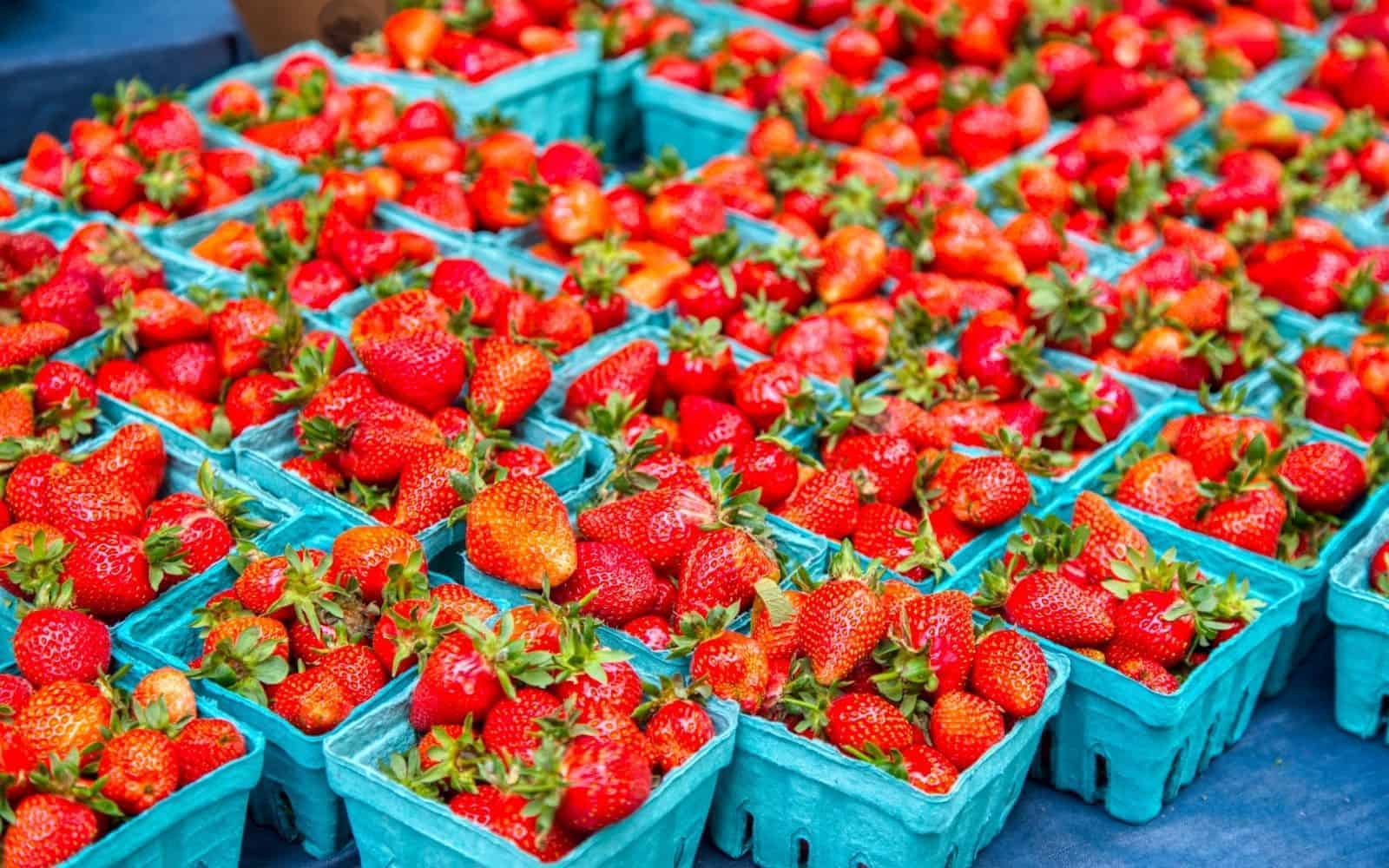
Soil and planting for long-lived strawberry plants
Healthy strawberry plants are more likely to survive winter and return in spring. Strawberries prefer soil that has a ph between 5.5 and 6.8. This is slightly acidic soil. It may be a bit hard to find soil like this in your area. Do not worry about finding the ideal soil in your backyard because it is easy to artificially create a growing area for your strawberries that has the ideal conditions for them.
A good method to create your own strawberry-growing environment is to find a container for them to grow in. A half-barrel garden or any other large container will work just fine. They can grow really well in these containers, free from weeds and other problems.
Still looking for different ways to plant strawberries? Here’s a post about ideas for creating a strawberry garden.
Your container should be filled with good-quality potting soil. Strawberries prefer something that has aged compost or is enriched with other nutrients that are good for growing, such as potassium, nitrogen, and phosphorus.
Many varieties of strawberries grow rapidly. They are easy to grow and can get out of hand and overcrowd if you do not thin them. It is best to plant strawberries about 12-18 inches apart because of this. Planting them farther apart will help you if you forget to thin them and they grow too much. Most plants will have instructions about how far apart to plant them.
You want to make sure that when you plant your strawberries, their roots are well covered with good soil but that the central part of the plant (the crown) is not buried. It can easily rot and ruin your plant well before it even starts growing. The crown, which almost looks like it’s wrapped in thin brown paper, is actually a sort of stem and should not be buried.
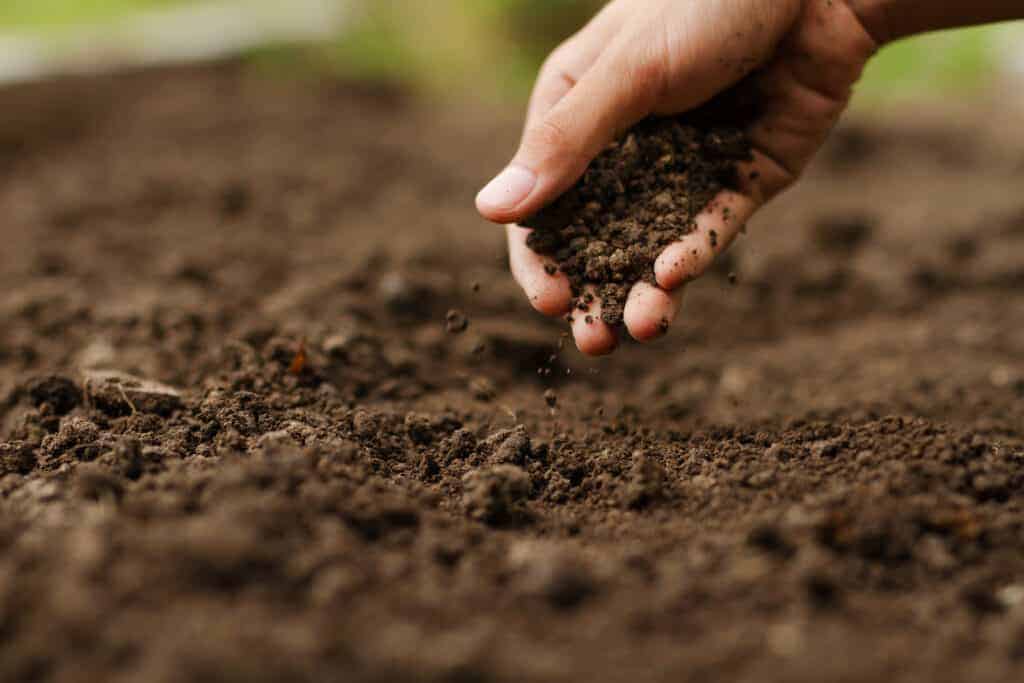
Pests and other problems
Like many other plants, strawberries are not free from pests and problems. There have been over 200 types of bugs that can affect strawberries adversely, but there are only a select few that are common and can directly hurt the strawberry plant to some degree. Minimizing pests and disease will help your strawberries overwinter with plenty of energy to sprout anew in the early spring.
Some common pests of strawberries are slugs, strawberry bud weevils, spittlebugs, and strawberry sap beetles. You should be on the lookout for these bugs constantly. They can stunt the strawberry plant’s growth and make it so you never get any strawberries at all. If you keep track of your strawberries, you should have no problem at all getting rid of pests.


